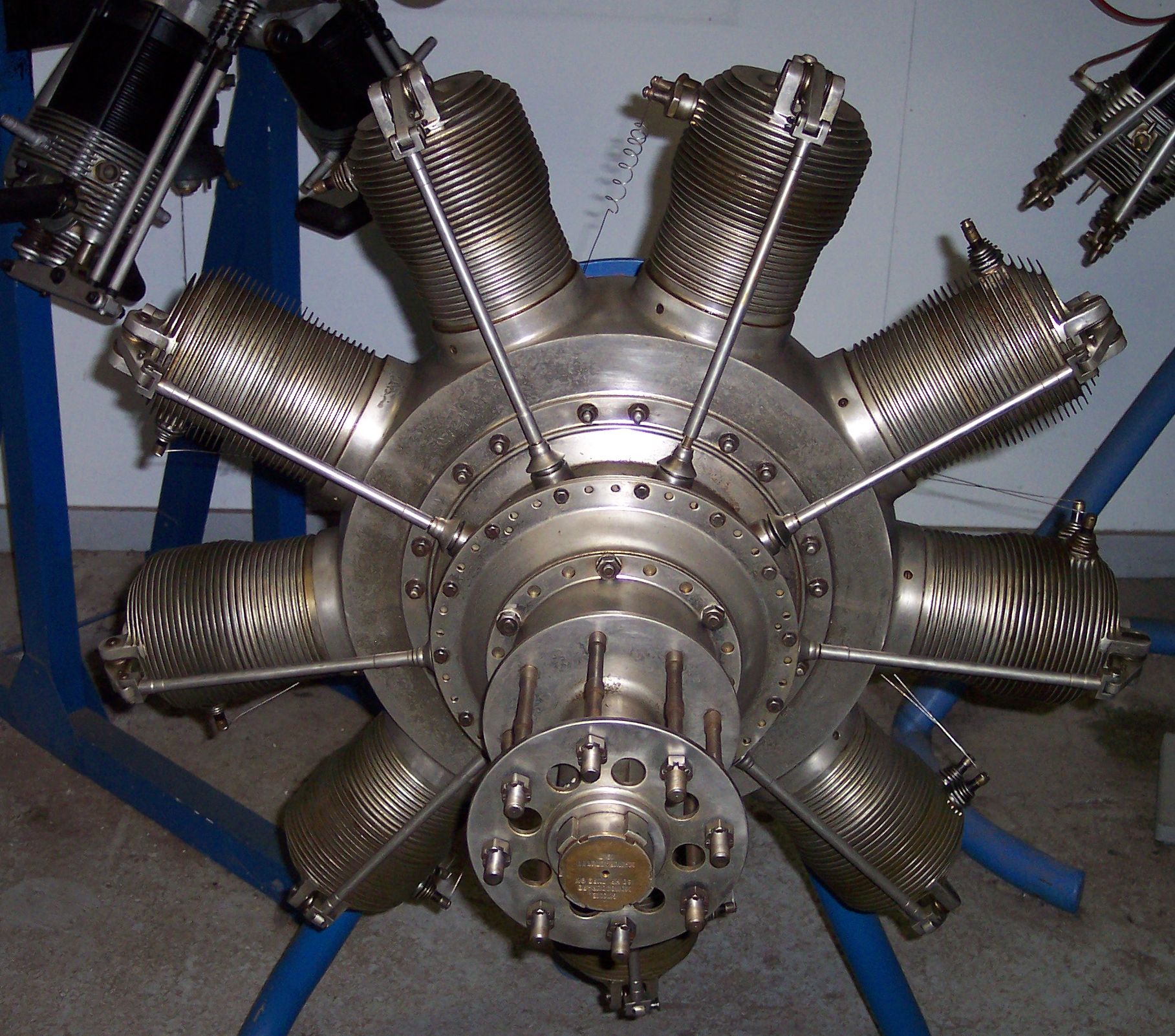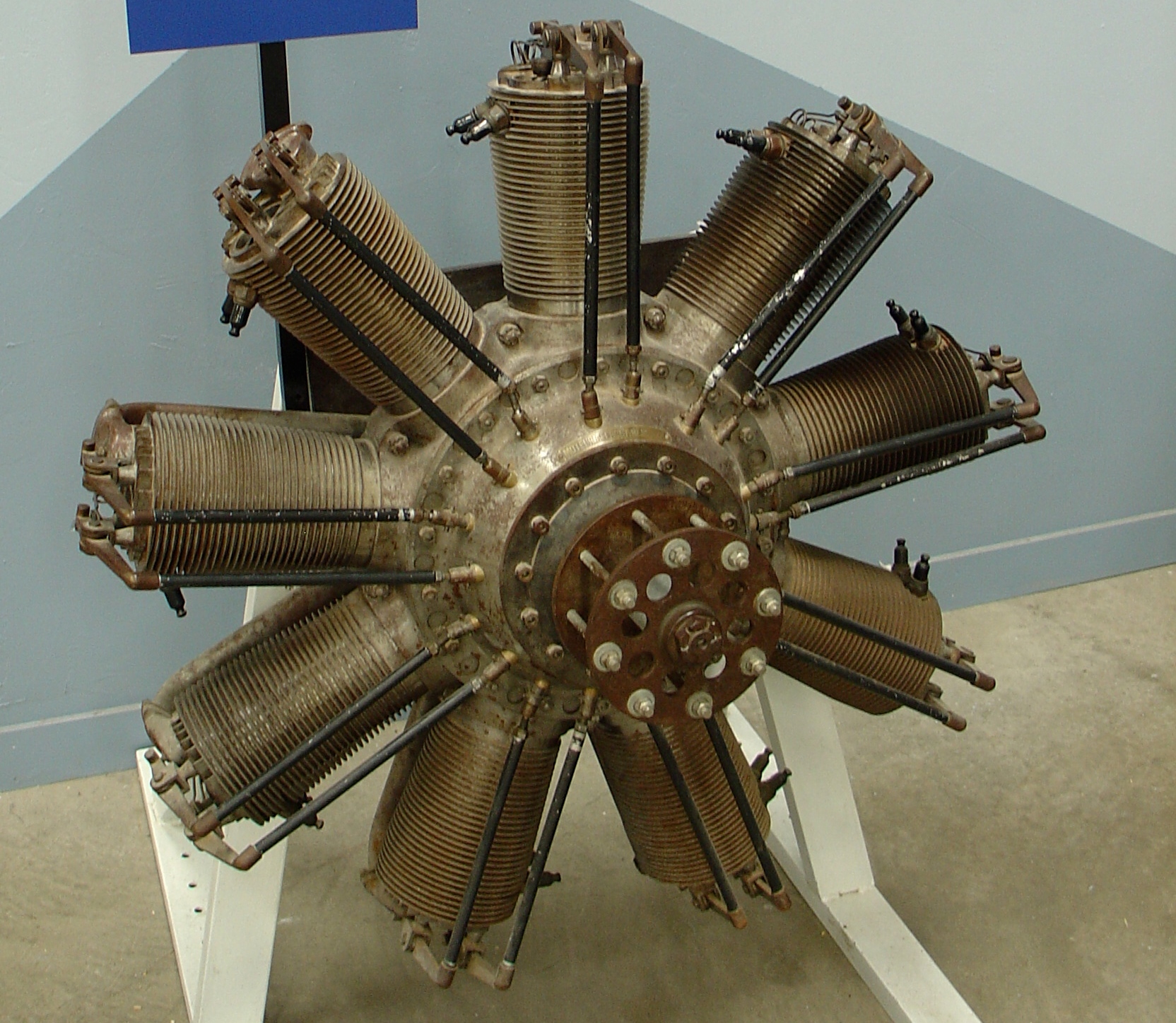|
Bristol Gordon England Biplane
The Bristol Gordon England biplanes were a series of early British military biplane aircraft designed by Eric Gordon England for the Bristol Aeroplane Company that first flew in 1912. Designed for easy ground transport, the aircraft could be quickly disassembled. Design and development The first Gordon England design, the G.E.1, was a two-bay equal-span tractor configuration biplane powered by a Clerget four-cylinder water-cooled engine, driving the two-bladed propeller via a chain drive giving a 2:1 speed reduction. The crew of two were accommodated side-by-side in a single cockpit, fitted with dual controls. The empennage consisted of a small triangular tailplane and elevators mounted on top of the rectangular-section fuselage and elongated triangular fins above and below the fuselage with the unbalanced rudder mounted on the trailing edge. After testing during May and June 1912 the fins were removed, and an enlarged aerodynamically balanced rudder fitted. The aircraft wa ... [...More Info...] [...Related Items...] OR: [Wikipedia] [Google] [Baidu] |
WikiProject Aircraft
A WikiProject, or Wikiproject, is an affinity group for contributors with shared goals within the Wikimedia movement. WikiProjects are prevalent within the largest wiki, Wikipedia, and exist to varying degrees within Wikimedia project, sibling projects such as Wiktionary, Wikiquote, Wikidata, and Wikisource. They also exist in different languages, and translation of articles is a form of their collaboration. During the COVID-19 pandemic, CBS News noted the role of Wikipedia's WikiProject Medicine in maintaining the accuracy of articles related to the disease. Another WikiProject that has drawn attention is WikiProject Women Scientists, which was profiled by ''Smithsonian Magazine, Smithsonian'' for its efforts to improve coverage of women scientists which the profile noted had "helped increase the number of female scientists on Wikipedia from around 1,600 to over 5,000". On Wikipedia Some Wikipedia WikiProjects are substantial enough to engage in cooperative activities with outsi ... [...More Info...] [...Related Items...] OR: [Wikipedia] [Google] [Baidu] |
Rotary Engine
The rotary engine is an early type of internal combustion engine, usually designed with an odd number of cylinders per row in a radial configuration. The engine's crankshaft remained stationary in operation, while the entire crankcase and its attached cylinders rotated around it as a unit. Its main application was in aviation, although it also saw use in a few early motorcycles and automobiles. This type of engine was widely used as an alternative to conventional inline engines (straight or V) during World War I and the years immediately preceding that conflict. It has been described as "a very efficient solution to the problems of power output, weight, and reliability". By the early 1920s, the inherent limitations of this type of engine had rendered it obsolete. Description Distinction between "rotary" and "radial" engines A rotary engine is essentially a standard Otto cycle engine, with cylinders arranged radially around a central crankshaft just like a conventional radi ... [...More Info...] [...Related Items...] OR: [Wikipedia] [Google] [Baidu] |
Gnome Et Rhône
Gnome et Rhône was a major French aircraft engine manufacturer. Between 1914 and 1918 they produced 25,000 of their 9-cylinder Delta and Le Rhône 110 hp (81 kW) rotary designs, while another 75,000 were produced by various licensees. These engines powered the majority of aircraft in the first half of the war, both Allied designs as well as German examples produced by Motorenfabrik Oberursel. In the post-war era they started a new design series originally based on the Bristol Jupiter, but evolving into the excellent twin-row, 1,000 hp-class (750 kW) Gnome-Rhône 14K ''Mistral Major'' radial, which was likewise licensed and used around the world during World War II. They were a major supplier of engines to the German ''Luftwaffe'', producing both their own designs as well as German ones under licence. Their factories were the target of highly accurate bombing, knocking them out of the war. The company was nationalized as a part of Snecma in 1945, but the ... [...More Info...] [...Related Items...] OR: [Wikipedia] [Google] [Baidu] |
Clerget
Clerget-Blin (full name being ''Société Clerget-Blin et Cie'') was a French precision engineering company formed in 1913 by the engineer and inventor Pierre Clerget and industrialist Eugène Blin. In 1939, the company was absorbed into the ''Groupe d'étude des moteurs à huile lourde'' (GEHL; "Diesel Engine Study Group"), which was further merged into SNECMA in 1947. Products The Clerget-Blin company mainly produced aircraft engines. Their successful rotary engine designs were also built in Britain by companies such as Gwynnes Limited, Ruston Proctor, and Gordon Watney, to increase production during World War I.Lumsden 2003, p.133. See also *List of aircraft engine manufacturers This is a list of aircraft engine manufacturers both past and present. 0–9 * 2si – US * 3w (aero-engine manufacturer), 3WMiguel Vidal, Ricardo. ''El Motor de Aviación de la A a la Z. ''Aeroteca, 2012. A * Alliott Verdon Roe, A.V. Roe ... Notes Bibliography * Gunston, Bill. ... [...More Info...] [...Related Items...] OR: [Wikipedia] [Google] [Baidu] |
Blockade
A blockade is the act of actively preventing a country or region from receiving or sending out food, supplies, weapons, or communications, and sometimes people, by military force. A blockade differs from an embargo or sanction, which are legal barriers to trade rather than physical barriers. It is also distinct from a siege in that a blockade is usually directed at an entire country or region, rather than a fortress or city and the objective may not always be to conquer the area. A blockading power can seek to cut off all maritime transport from and to the blockaded country, although stopping all land transport to and from an area may also be considered a blockade. Blockades restrict the trading rights of neutrals, who must submit for inspection for contraband, which the blockading power may define narrowly or broadly, sometimes including food and medicine. In the 20th century, air power has also been used to enhance the effectiveness of blockades by halting air traffic w ... [...More Info...] [...Related Items...] OR: [Wikipedia] [Google] [Baidu] |
Spar (aviation)
In a fixed-wing aircraft, the spar is often the main structural member of the wing, running wingspan, spanwise at right angles (or thereabouts depending on Swept wing, wing sweep) to the fuselage. The spar carries flight Structural load, loads and the weight of the wings while on the ground. Other structural and forming members such as Rib (aircraft), ribs may be attached to the spar or spars, with stressed skin construction also sharing the loads where it is used. There may be more than one spar in a wing or none at all. Where a single spar carries most of the force, it is known as the main spar. Spars are also used in other aircraft airfoil, aerofoil surfaces such as the tailplane and Vertical stabilizer, fin and serve a similar function, although the loads transmitted may be different from those of a wing spar. Spar loads The wing spar provides the majority of the weight support and dynamic load integrity of cantilever monoplanes, often coupled with the strength of the wing D- ... [...More Info...] [...Related Items...] OR: [Wikipedia] [Google] [Baidu] |
Cabane Struts
In aeronautics, bracing comprises additional structural members which stiffen the functional airframe to give it rigidity and strength under load. Bracing may be applied both internally and externally, and may take the form of struts, which act in compression or tension as the need arises, and/or wires, which act only in tension. In general, bracing allows a stronger, lighter structure than one which is unbraced, but external bracing in particular adds drag which slows down the aircraft and raises considerably more design issues than internal bracing. Another disadvantage of bracing wires is that they require routine checking and adjustment, or rigging, even when located internally. During the early years of aviation, bracing was a universal feature of all forms of aeroplanes, including the monoplanes and biplanes, which were then equally common. Today, bracing in the form of lift struts is still used for some light commercial designs where a high wing and light weight are more i ... [...More Info...] [...Related Items...] OR: [Wikipedia] [Google] [Baidu] |
Longerons
In engineering, a longeron or stringer is a load-bearing component of a framework. The term is commonly used in connection with aircraft fuselages and automobile chassis. Longerons are used in conjunction with stringers to form structural frameworks. Aircraft In an aircraft fuselage, stringers are attached to formers (also called frames) and run in the longitudinal direction of the aircraft. They are primarily responsible for transferring the aerodynamic loads acting on the skin onto the frames and formers. In the wings or horizontal stabilizer, longerons run spanwise (from wing root to wing tip) and attach between the ribs. The primary function here also is to transfer the bending loads acting on the wings onto the ribs and spar. The terms "longeron" and "stringer" are sometimes used interchangeably. Historically, though, there is a subtle difference between the two terms. If the longitudinal members in a fuselage are few in number (usually 4 to 8) and run all along the fu ... [...More Info...] [...Related Items...] OR: [Wikipedia] [Google] [Baidu] |
Gnome Lambda
The Gnome 7 Lambda was a French designed, seven-cylinder, air-cooled rotary aero engine that was produced under license in Britain and Germany. Powering several World War I-era aircraft types it was claimed to produce from its capacity of although recorded figures are lower.Lumsden 2003, p. 151. Just under 1,000 units were produced in Britain, the majority (967) by the Daimler Company of Coventry. A 14-cylinder variant was known as the Gnome 14 Lambda-Lambda. In Germany Motorenfabrik Oberursel license-built the seven-cylinder engine as the Oberursel U.0 and later copied the 14-cylinder design and designated it as the Oberursel U.III. Variants ;Gnome 7 Lambda :Seven-cylinder, single-row rotary engine. ;Gnome 7 Lambda (long stroke) :Increased stroke of to raise the compression ratio to 3.87:1, and total displacement to . ;Gnome 14 Double Lambda :14-cylinder, two-row rotary engine using Lambda cylinders. . ;Motorenfabrik Oberursel U.0 :German production of the ... [...More Info...] [...Related Items...] OR: [Wikipedia] [Google] [Baidu] |
Ottoman Empire
The Ottoman Empire (), also called the Turkish Empire, was an empire, imperial realm that controlled much of Southeast Europe, West Asia, and North Africa from the 14th to early 20th centuries; it also controlled parts of southeastern Central Europe, between the early 16th and early 18th centuries. The empire emerged from a Anatolian beyliks, ''beylik'', or principality, founded in northwestern Anatolia in by the Turkoman (ethnonym), Turkoman tribal leader Osman I. His successors Ottoman wars in Europe, conquered much of Anatolia and expanded into the Balkans by the mid-14th century, transforming their petty kingdom into a transcontinental empire. The Ottomans ended the Byzantine Empire with the Fall of Constantinople, conquest of Constantinople in 1453 by Mehmed II. With its capital at History of Istanbul#Ottoman Empire, Constantinople (modern-day Istanbul) and control over a significant portion of the Mediterranean Basin, the Ottoman Empire was at the centre of interacti ... [...More Info...] [...Related Items...] OR: [Wikipedia] [Google] [Baidu] |
Bristol Coanda Monoplanes
The Bristol Coanda Monoplanes were a series of monoplane Trainer (aircraft), trainers designed by the Romanian designer Henri Coandă for the United Kingdom, British company Bristol Aeroplane Company, British and Colonial Aeroplane Company. Several versions of the plane were built from 1912 onwards with both tandem and side-by-side cockpits. Several were purchased by the War Office for use as trainers by the Royal Flying Corps. International purchases were by Italy and Romania. One example survives in the Gianni Caproni Museum of Aeronautics, Trento, Italy. Design and development The Romanian aircraft designer Henri Coandă joined Bristol in January 1912. His first design for Bristol was a two-seat monoplane trainer, a development of the Bristol Prier monoplane, Bristol Prier Monoplane, controlled by wing warping. The first prototype flew in March 1912. A series of similar aircraft followed with both tandem and side-by-side cockpits, known as the School Monoplane and the Side ... [...More Info...] [...Related Items...] OR: [Wikipedia] [Google] [Baidu] |







